Regulatory Support and Standards
The Intravenous IV Therapy And Vein Access Market is benefiting from increased regulatory support and the establishment of stringent standards aimed at ensuring patient safety and quality of care. Regulatory bodies are actively working to create guidelines that govern the use of IV therapy, which helps to standardize practices across healthcare facilities. This regulatory framework not only enhances the credibility of the Intravenous IV Therapy And Vein Access Market but also encourages innovation as companies strive to meet these standards. As compliance with regulations becomes a priority, the market is likely to see an influx of new products and technologies designed to improve safety and efficacy in intravenous therapy.
Focus on Patient-Centric Solutions
The Intravenous IV Therapy And Vein Access Market is increasingly focusing on patient-centric solutions that prioritize individual needs and preferences. This shift is evident in the development of personalized IV therapy regimens that cater to specific patient conditions and responses. Healthcare providers are now more inclined to consider factors such as patient comfort and convenience when administering IV therapy. Data suggests that patient satisfaction scores have improved significantly in facilities that adopt these personalized approaches. As the healthcare landscape evolves, the emphasis on patient-centric solutions is expected to drive innovation and growth within the Intravenous IV Therapy And Vein Access Market, ultimately leading to better health outcomes.
Aging Population and Chronic Diseases
The Intravenous IV Therapy And Vein Access Market is significantly influenced by the aging population and the rising prevalence of chronic diseases. As individuals age, they often require more medical interventions, including IV therapy for conditions such as diabetes, cancer, and cardiovascular diseases. Statistics indicate that by 2030, the number of individuals aged 65 and older is expected to reach 1.4 billion, creating a substantial demand for healthcare services, including intravenous therapies. This demographic shift is likely to propel the Intravenous IV Therapy And Vein Access Market forward, as healthcare providers seek effective solutions to manage chronic conditions in older adults.
Rising Demand for Outpatient Services
The Intravenous IV Therapy And Vein Access Market is witnessing a notable shift towards outpatient care, driven by the increasing preference for less invasive treatment options. Patients are increasingly opting for outpatient services due to their convenience and reduced hospital stays. This trend is reflected in the growing number of outpatient facilities that offer IV therapy services, which are projected to expand at a compound annual growth rate of 8% over the next five years. As healthcare systems adapt to this demand, the Intravenous IV Therapy And Vein Access Market is likely to benefit from the increased accessibility and availability of IV therapy in outpatient settings, thereby enhancing patient satisfaction and outcomes.
Technological Advancements in IV Therapy
The Intravenous IV Therapy And Vein Access Market is experiencing a surge in technological advancements that enhance the efficiency and safety of intravenous procedures. Innovations such as smart infusion pumps and needle-free systems are becoming increasingly prevalent. These technologies not only reduce the risk of complications but also improve patient outcomes. For instance, the integration of digital monitoring systems allows healthcare providers to track infusion rates and patient responses in real-time. This trend is supported by data indicating that the market for infusion pumps alone is projected to reach approximately 5 billion USD by 2026. As these technologies evolve, they are likely to drive growth in the Intravenous IV Therapy And Vein Access Market, making procedures more streamlined and effective.


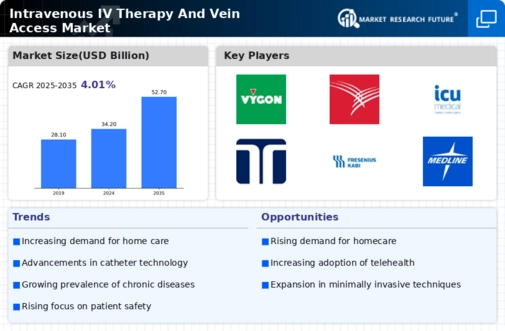
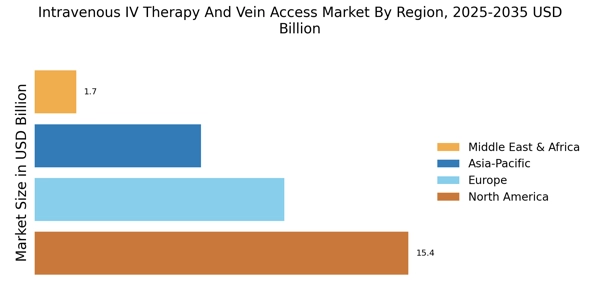
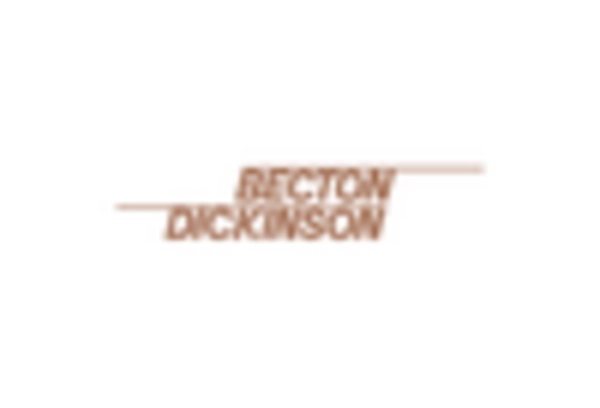

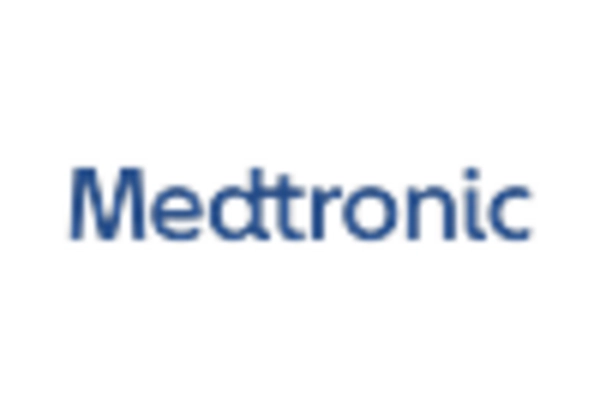
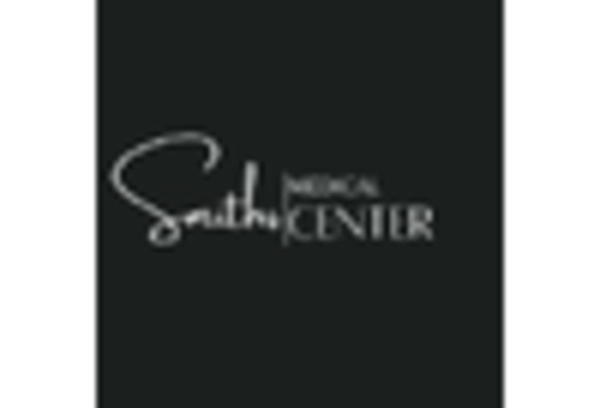

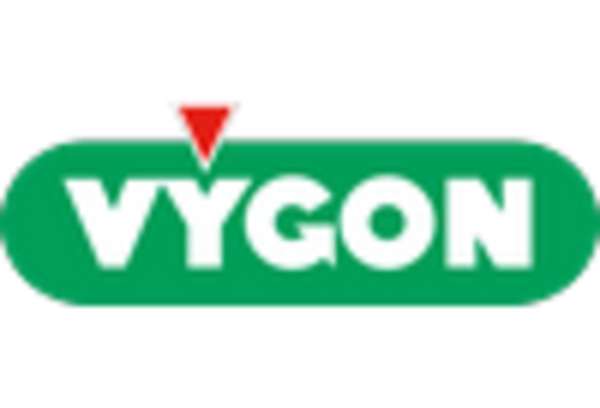








Leave a Comment